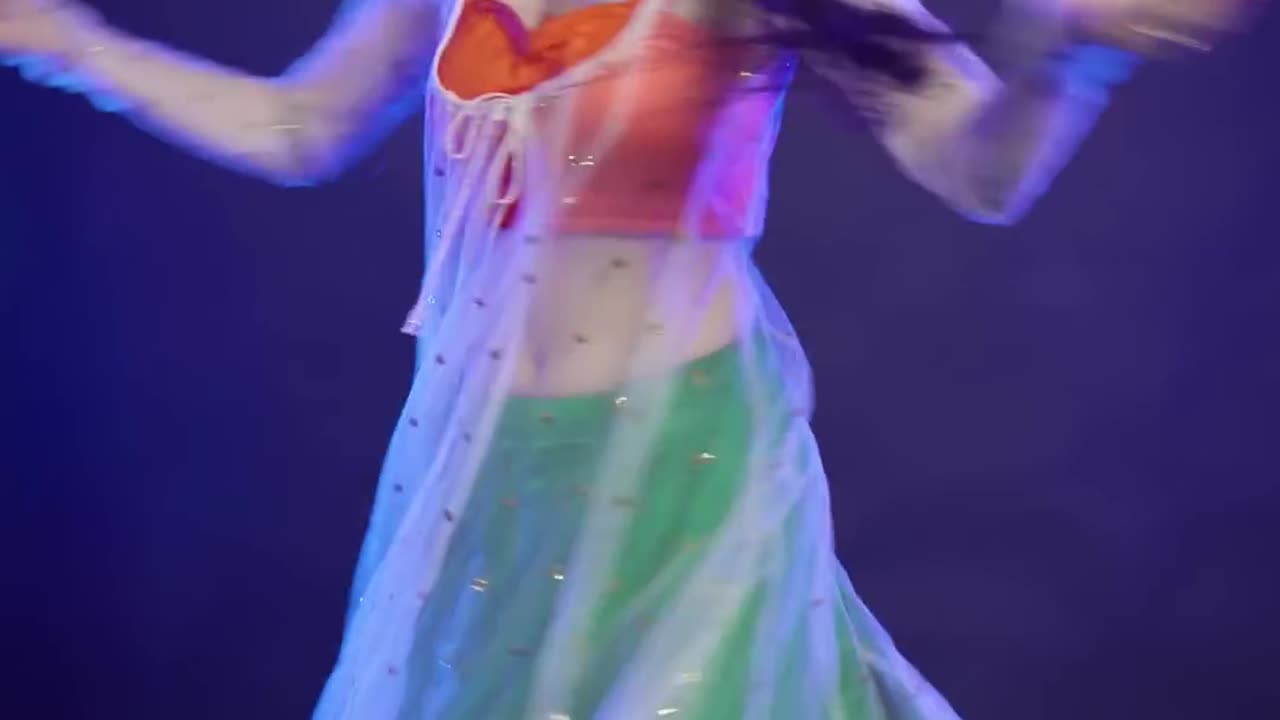Premium Only Content

May the tricolour always fly high and fill our hearts with pride. Happy Independence Day_
Title: "Understanding India's Independence Day: A Celebration of Freedom"
Introduction:
India's Independence Day is a momentous occasion celebrated with great enthusiasm every year on August 15th. It marks the day when India gained freedom from British colonial rule in 1947. This article aims to provide a clear and simple understanding of what Independence Day means for India and why it's celebrated with such fervor.
The Historical Significance:
Before we delve into the celebrations, it's crucial to understand the historical context. India was under British rule for nearly two centuries, enduring hardships and fighting for freedom. The struggle for independence was led by great leaders like Mahatma Gandhi, Jawaharlal Nehru, and many others. Finally, on August 15, 1947, the Indian Independence Act was enacted, granting India its long-awaited freedom.
The Tricolor Flag:
The Indian national flag, often referred to as the tricolor, plays a central role in the celebrations. It consists of three horizontal stripes: saffron at the top, white in the middle, and green at the bottom. In the center, there's a navy blue Ashoka Chakra with 24 spokes. Each color and symbol on the flag has a unique significance. Saffron represents courage and sacrifice, white signifies truth and purity, green symbolizes growth and auspiciousness, while the Ashoka Chakra represents the wheel of law.
The Celebrations:
Independence Day celebrations take place across India, from small villages to major cities. The most iconic event happens in Delhi, where the Prime Minister hoists the national flag at the Red Fort and addresses the nation. People across the country also hoist the flag in their homes, schools, and workplaces. Parades, cultural programs, and patriotic songs fill the air. The day is an occasion for Indians to remember and honor the sacrifices made by freedom fighters.
Patriotism and Unity:
Independence Day is a time when people come together, transcending differences of religion, caste, and creed. It's a day to celebrate the unity in diversity that defines India. Patriotic fervor runs high, with citizens expressing their love for the country in various ways. It's common to see streets adorned with flags, and people dressed in the colors of the flag.
Conclusion:
India's Independence Day is a symbol of freedom, unity, and patriotism. It's a day to reflect on the struggles of the past, appreciate the present, and look towards a bright future. As the tricolor flag flies high, it serves as a constant reminder of the sacrifices made by those who fought for India's independence and the values that the nation upholds.
-
 17:50
17:50
BlackDiamondGunsandGear
8 hours ago $0.96 earnedTeach Me How to Build an AR-15
31K2 -
 9:11
9:11
Space Ice
23 hours agoFatman - Greatest Santa Claus Fighting Hitmen Movie Of Mel Gibson's Career - Best Movie Ever
94.5K36 -
 42:38
42:38
Brewzle
1 day agoI Spent Too Much Money Bourbon Hunting In Kentucky
56.7K7 -
 1:15:30
1:15:30
World Nomac
16 hours agoMY FIRST DAY BACK in Manila Philippines 🇵🇭
46.5K9 -
 13:19
13:19
Dr David Jockers
1 day ago $9.81 earned5 Dangerous Food Ingredients That Drive Inflammation
67.5K15 -
 1:05:13
1:05:13
FamilyFriendlyGaming
23 hours ago $15.47 earnedCat Quest III Episode 8
123K3 -
 10:39
10:39
Cooking with Gruel
1 day agoMastering a Succulent London Broil
79.6K5 -
 22:15
22:15
barstoolsports
1 day agoWhite Elephant Sends Barstool Office into Chaos | VIVA TV
56.2K1 -
 3:30:40
3:30:40
MrNellyGB
14 hours ago🔴LIVE - GRINDING MARVEL RIVALS RANKED! | #RumbleTakeover #RumblePremium
38.1K1 -
 1:23:42
1:23:42
Game On!
1 day ago $8.81 earnedPatrick Mahomes is GOOD TO GO! Chiefs ready to DISMANTLE the Texans!
68.6K7